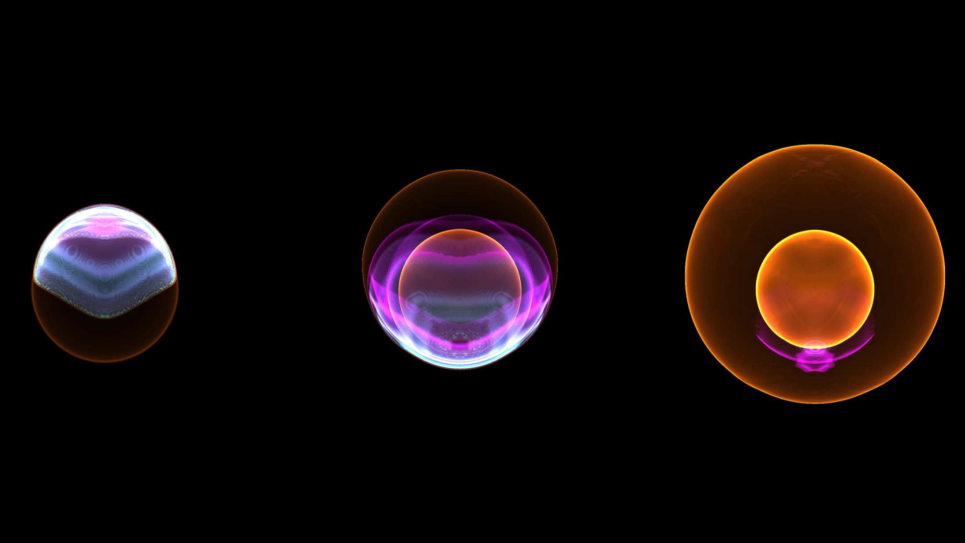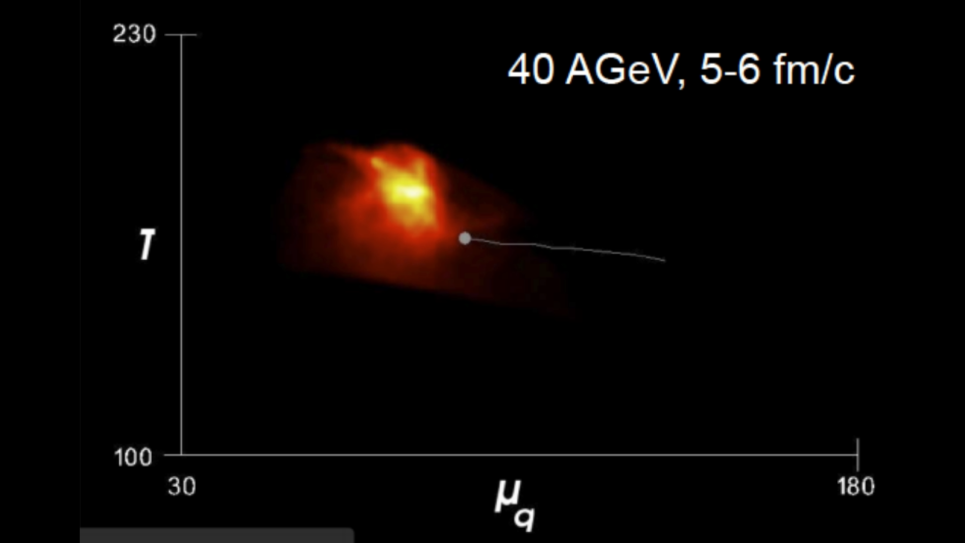
Poloidal cross-sectional view of the perturbed plasma density representing electrostatic turbulence in the edge of a realistic tokamak reactor plasma. The connected streamer structures inside the magnetic separatrix surface (black line) and the isolated blobby structures around and outside the magnetic separatrix can be observed in the locally enlarged box. The nonlinear turbulence structures shown here in the edge plasma form the basis for the plasma confinement physics that determines the fusion yield in a fusion reactor. Image: Seung-Hoe Ku, Princeton Plasma Physics Laboratory; David Pugmire, Oak Ridge National Laboratory

